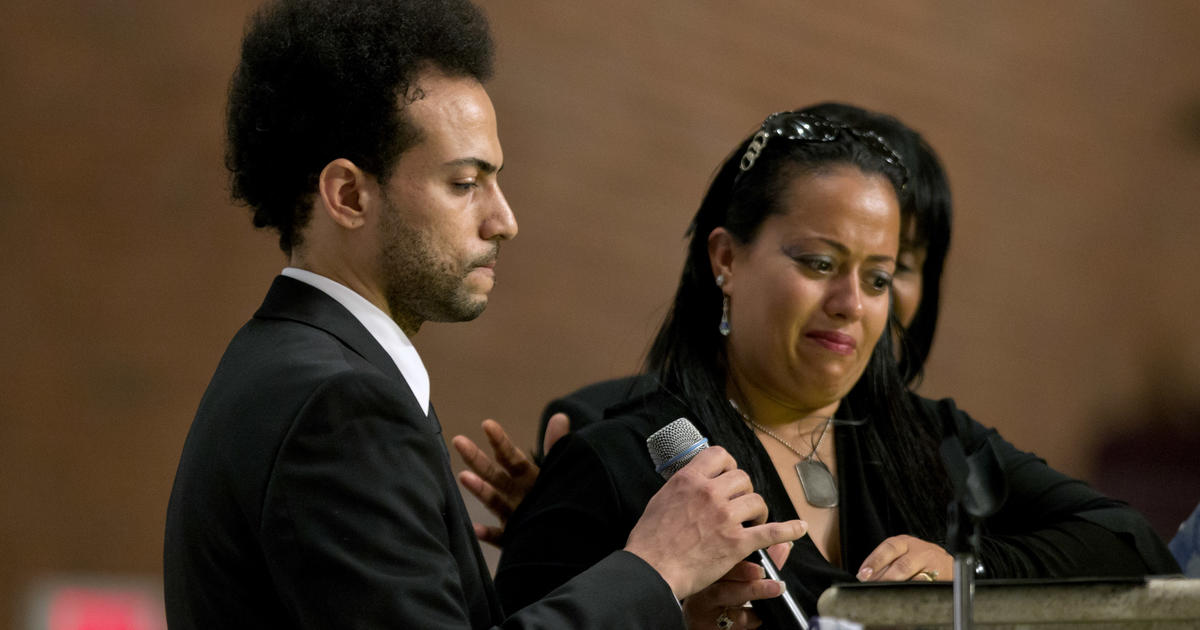Mail User Guide

You can include photos, documents, and more when you write messages.

When you attach images or PDF documents, you can mark them up in Mail before you send your message.
Include photos and other files in emails
In the Mail app on your Mac, do any of the following:
Click the Attach button in the toolbar, locate a file (you may need to click the sidebar button to see additional folders), select it, then click Choose File.
You can also drag files from the desktop, the Finder, or an app into your message.
For photos, click the Photo Browser button in the toolbar, then drag a photo into your message. You can also take a photo or scan documents, or add a sketch, using your nearby iPhone or iPad.
Faculty and Staff Email Microsoft Office 365 is the default central email system for USC faculty and staff. USC-branded Gmail accounts are available to faculty in some schools. (To see if this option is available in your school, contact your local IT support.) The USC employee email policy applies to both Microsoft Office 365. Apple is steadily removing references to the old @mac.com and slightly less old @me.com addresses from its support documents. AppleInsider reports: It used to be that if your email addressed ended in @mac.com, you were telling the world that you are an Apple user. Now while it's only that part of the world which is extremely geeky, you're actually telling them that you were an Apple user on.
By default, Mail inserts images at their actual size. If different sizes are available, you can choose one from the pop-up menu located on the right side of the message header.
Send large email attachments using Mail Drop
You can use Mail Drop to send files that exceed the maximum size allowed by your email account provider. Mail Drop uploads large attachments to iCloud, where they’re encrypted and stored for up to 30 days.
If you have an iCloud account and you’re signed in to iCloud when you click Send, Mail automatically sends the attachments using Mail Drop. Mail Drop attachments don’t count against your iCloud storage.
If you don’t have an iCloud account, or if you’re not signed in, Mail asks you whether to use Mail Drop (to always use Mail Drop select “Don’t ask again for this account”).
If a recipient uses Mail in OS X 10.10 or later, the attachments are included in your message. For other recipients, your message includes links for downloading the attachments, and their expiration date.
You can turn Mail Drop on or off for an account. Choose Mail > Preferences, click Accounts, select the account, click Advanced, then select or deselect “Send large attachments with Mail Drop.”
See the Apple Support article Mail Drop limits.
Put email attachments at the end of messages

In the Mail app on your Mac, do one of the following:
Email For Macbook Air
For the current message: Choose Edit > Attachments > Insert Attachments at End of Message.
For all messages: From the Message viewer, choose Edit > Attachments > Always Insert Attachments at End of Message (a checkmark shows it’s on).
Include or exclude email attachments in replies
In the Mail app on your Mac, do one of the following:
Include or exclude original attachments in a reply: In the toolbar of the message window, click the Include Attachment button or the Exclude Attachment button .
Include or exclude original attachments in all replies: From the Message viewer, choose Edit > Attachments > Include Original Attachments in Reply (a checkmark shows it’s on). To turn it off and exclude attachments, choose the command again (the checkmark is removed).
Send email attachments to Windows users
In the Mail app on your Mac, try these suggestions:
Send Windows-friendly attachments. To do so for all messages, choose Edit > Attachments, then select Always Send Windows-Friendly Attachments. For a specific message, click the Attach button in the toolbar of the new message window, then select Send Windows-Friendly Attachments (if you don’t see the checkbox, click Options in the bottom corner).
Send documents as PDFs instead of in their original format.
Use filename extensions (such as .docx for a Microsoft Word document).
If the recipient sees two attachments (such as “MyFile” and “._MyFile”), the recipient can ignore the file with the underscore (such as “._MyFile”).
To display an attachment (such as a one-page PDF document or an image) as an icon, Control-click the attachment in your message, then choose View as Icon. To show the attachment again, Control-click it, then choose View in Place.
If the message size shown on the left side of the message header is red, the attachments are causing your message to exceed size limits set by your email account provider. Try reducing the number or size of attachments or use Mail Drop.
Welcome to Apple Support Communities. I understand that you'd like to know how to add your iCloud (@me.com) email address to Outlook on your Mac. I know it's important to have your accounts where you'd like them to be set up; I'd like to help. You'll want to use the mail server settings below to set this account up with Outlook:
Mail server settings
Refer to your email app's documentation for information about how to use these settings. iCloud Mail uses the IMAP and SMTP standards supported by most modern email apps. iCloud does not support POP. If you set up an account using iCloud System Preferences or macOS Mail in 10.7.4 or later, you won't see these settings because they're automatically configured.
IMAP information for the incoming mail server
- Server name: imap.mail.me.com
- SSL Required: Yes
If you see an error message when using SSL, try using TLS instead. - Port: 993
- Username: This is usually the name part of your iCloud email address (for example, emilyparker, not emilyparker@icloud.com). If your email client can't connect to iCloud using just the name part of your iCloud email address, try using the full address.
- Password: Generate an app-specific password.
SMTP information for the outgoing mail server
- Server name: smtp.mail.me.com
- SSL Required: Yes
If you see an error message when using SSL, try using TLS or STARTTLS instead. - Port: 587
- SMTP Authentication Required: Yes
- Username: Your full iCloud email address (for example, emilyparker@icloud.com, not emilyparker)
- Password: Use the app-specific password that you generated when you set up the incoming mail server.
* You only need to use an app-specific password if you’re manually setting up mail with your iCloud account in Windows, if you use Mac OS X Mail (10.7.4 and earlier), or if you use any other third-party mail client.
Mail server settings for iCloud email clientsSince Outlook is a third-party mail client, you'll need to have two factor authentication set up for your Apple ID in order to generate the app-specific password mentioned above: Two-factor authentication for Apple ID
Email For Macbook
Email For Mcphs
Best Regards.Email For Mac
Sep 21, 2018 4:56 PM
